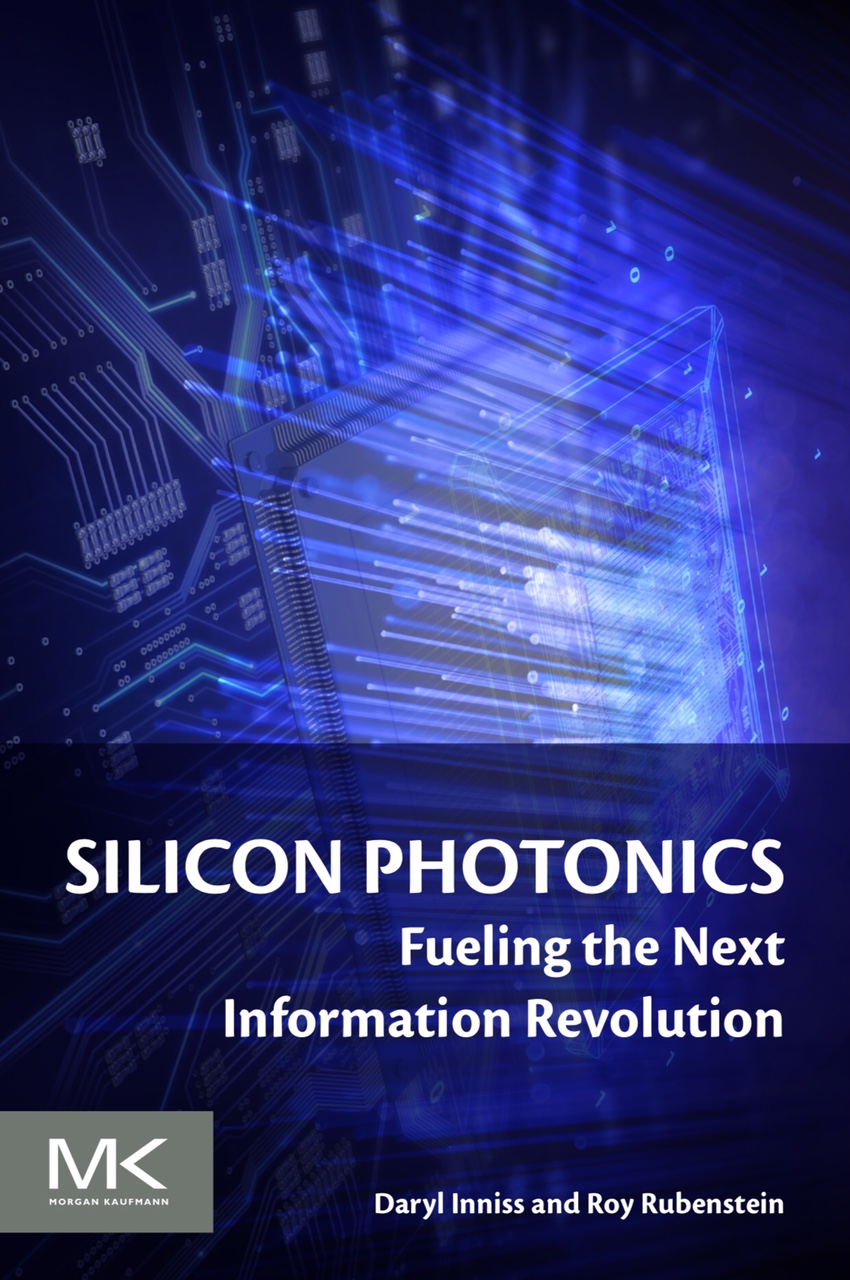ETSI embraces AI to address rising network complexity
 Tuesday, May 9, 2017 at 9:43AM
Tuesday, May 9, 2017 at 9:43AM The growing complexity of networks is forcing telecom operators and systems vendors to turn to machine intelligence for help. It has led the European Telecommunications Standards Institute, ETSI, to set up an industry specification group to define how artificial intelligence (AI) can be applied to networking.
“With the advent of network functions virtualisation and software-defined networking, we can see the eventuality that network management is going to get very much more complicated,” says Ray Forbes, convenor of the ETSI Industry Specification Group, Experimental Network Intelligence (ISG-ENI).
 Source: ETSI
Source: ETSI
The AI will not just help with network management, he says, but also with the introduction of services and the more efficient use of network resources.





